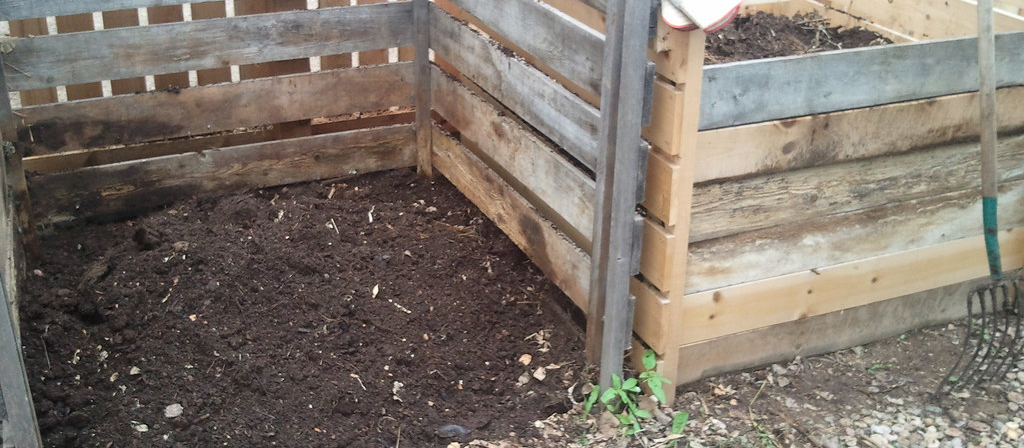Categories > Tips, Tricks & Inspiration
Regenerative Practices in Gardens
Gardening is not just about growing beautiful flowers or tasty vegetables; it's about creating a sustainable and harmonious ecosystem. Regenerative gardening practices aim to restore and enhance the health of the environment, soil, and biodiversity. In this article, we will explore various regenerative gardening techniques that empower gardeners to contribute positively to the planet.
The Foundation: Soil Health
Regenerative gardening begins with a focus on soil health. Healthy soil is the cornerstone of a thriving garden ecosystem. Practices such as composting, mulching, and avoiding chemical fertilizers contribute to maintaining and enhancing the fertility of the soil. Composting, in particular, recycles kitchen and garden waste into nutrient-rich humus, providing plants with the essential elements they need to flourish.
Biodiversity and Companion Planting
Biodiversity is a key element of regenerative gardening. Diverse plantings attract a variety of beneficial insects, birds, and microorganisms that contribute to a balanced ecosystem. Companion planting, the strategic grouping of plants to enhance each other's growth or deter pests, is a regenerative practice that has been used for centuries. For example, planting marigolds alongside tomatoes can help deter nematodes, while growing basil near tomatoes can improve their flavor and health.
Water Conservation
Efficient water use is crucial in regenerative gardening. Practices such as rainwater harvesting, drip irrigation, and selecting drought-resistant plants contribute to water conservation. By using water wisely, gardeners reduce their environmental impact and create a more resilient garden that can withstand periods of drought.
Permaculture Principles
Permaculture, a design system that mimics natural ecosystems, plays a significant role in regenerative gardening. Embracing permaculture principles involves observing and working with nature rather than against it. Key permaculture concepts include creating guilds, designing food forests, and utilizing natural patterns to optimize garden layout.
No-Till Gardening
Traditional tilling can disrupt the soil structure and lead to erosion. No-till gardening is a regenerative alternative that promotes soil health by avoiding the disruption caused by regular plowing. Instead, gardeners leave the soil undisturbed, allowing it to develop its natural structure. This practice also helps sequester carbon in the soil, mitigating climate change.
Agroecology for Sustainable Gardens
Agroecology integrates ecological principles into agricultural systems or your garden, emphasizing the importance of sustainable and regenerative practices. By understanding and working with natural processes, agroecological approaches promote soil health, biodiversity, and resilience in the face of environmental challenges. Implementing agroecological techniques benefits both the garden and the broader ecosystem.
Cover Crops and Green Manure
Cover crops are an essential tool in regenerative gardening. These crops are grown not for harvest but to cover and protect the soil during periods when it might otherwise be left bare. Cover crops prevent erosion, suppress weeds, and improve soil fertility. Leguminous cover crops, such as clover and vetch, also fix nitrogen, enriching the soil for subsequent plantings.
Natural Pest Control
Instead of relying on chemical pesticides, regenerative gardeners employ natural pest control methods. Encouraging predator insects, such as ladybugs and predatory beetles, and planting insect-repelling herbs like rosemary and mint, help keep pest populations in check without harming the overall ecosystem.
Attract more animals to your garden
Educational Outreach and Community Engagement
Regenerative gardening extends beyond individual plots to community engagement and education. Sharing knowledge about sustainable practices fosters a sense of environmental stewardship. Community gardens, workshops, and online platforms provide spaces for gardeners to learn from each other, promoting a collective commitment to regenerative principles.
Conclusion
Regenerative practices in gardens empower individuals to become stewards of the environment. By adopting sustainable gardening methods, from prioritizing soil health to embracing permaculture and agroecology, gardeners contribute to a healthier planet. Biodiversity flourishes, water is conserved, and the soil becomes a thriving ecosystem capable of sequestering carbon and withstanding environmental challenges. Through community engagement and continuous learning, the regenerative gardening movement grows, offering hope for a more sustainable and harmonious future.
Start incorporating these regenerative practices into your gardening routine today, and be a part of the positive change our planet needs.
Newsletter




